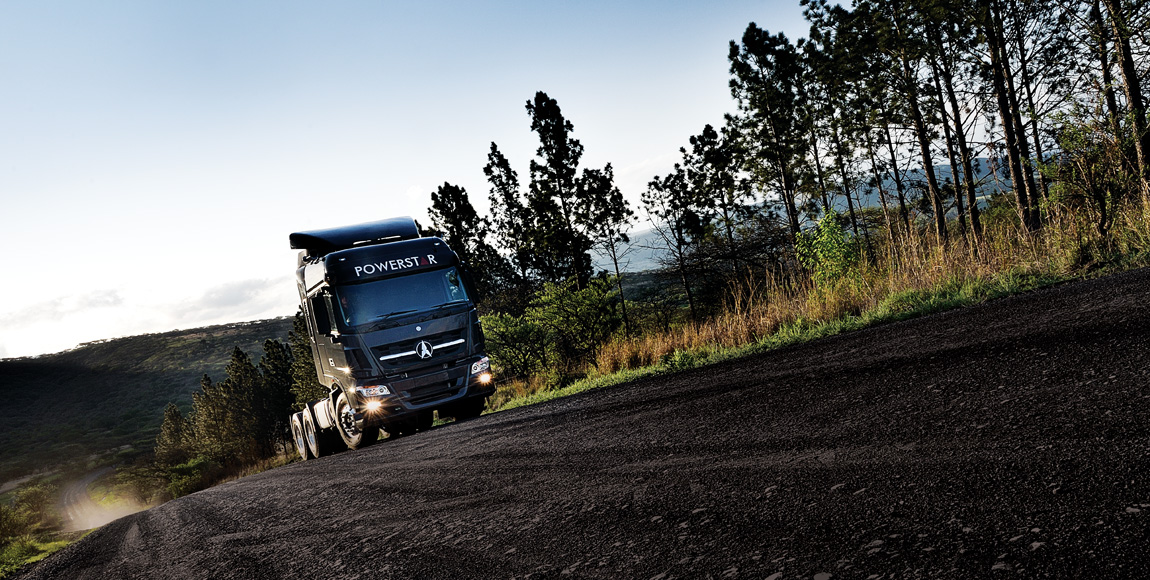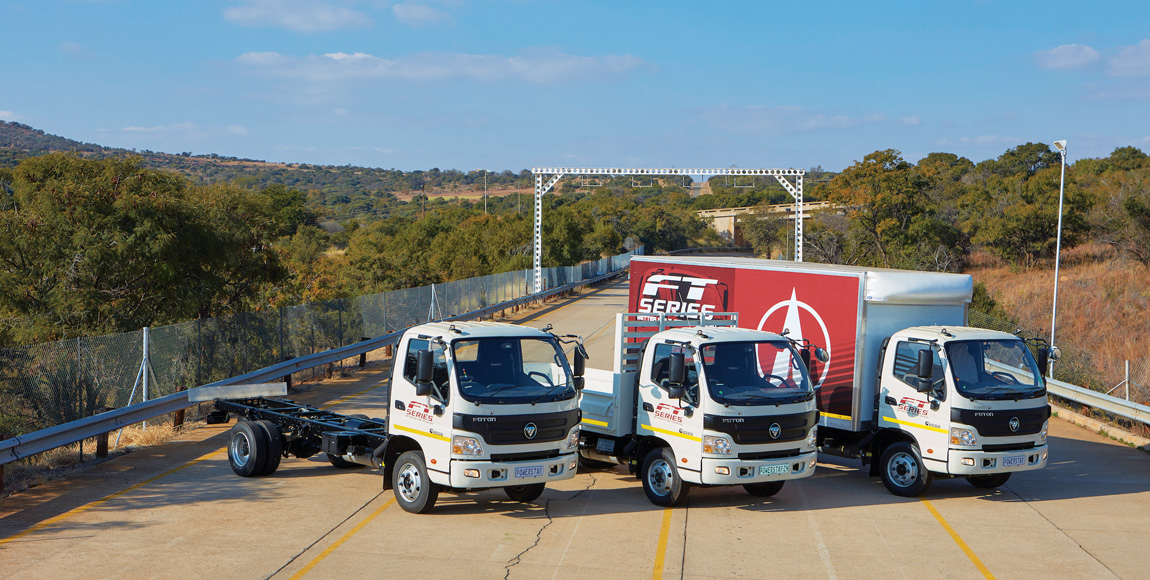Powerstar gears up

Having launched two new vehicles into two new segments in the past two years, Powerstar is heading into 2019 with some exciting developments waiting in the wings
Ever Star Industries (ESI) is aiming to make it “three for three” this year when it launches yet another medium-weight contender into its new Powerstar FT range of trucks. There is also an exciting technological development on the way!
The FT – with its FT3 three- and FT5 five-tonne derivatives that were launched in June 2018 – has exceeded ESI’s expectations to the point where the company will launch an eight-tonne derivative during the first quarter of the year!
“We’ve done extensive testing and made significant inroads into large fleets that have traditionally favoured Japanese vehicles,” comments Rodney Selesnick, senior head: sales and marketing. “The FT’s consumption has been consistently under 10 l/100 km and these fleets have been surprised with the level of comfort and value for money. We are outpricing and outperforming the Japanese!” he laughs.
The FT8 has come about due to the realisation of the need to diversify the range. Selesnick says that it will be realigned, in terms of payload and cost, and enhanced to give operators better value. In the longer term, Powerstar aims to get close to what partner Foton offers on a global scale in terms of technology, driver aids, horsepower and emissions.

“In 2018 we wanted to show that Powerstar could collaborate with a Chinese partner, build the truck in South Africa and give customers value, reliability and longevity – something that works in our local market,” Selesnick says.
Aiding this effort has been the establishment of six FT dealers (three general Powerstar dealers and three dedicated FT dealers), with another five new dealers opening to coincide with the introduction of the FT8. “The dealers have also had a say in what they want from the vehicle,” he adds.
Selesnick is keen to point out that, in the seven months since the FT has been launched, not a single warranty claim has been submitted. “The build is very good out of our Pietermaritzburg plant. The quality has been brilliant.”
That said, the company remains realistic about the FT’s growth trajectory. More than ten units a month were sold in the first six months since its introduction. ESI CEO, Bob Wang, comments that the target is to sell upwards of 50 units per month within the next two years. These numbers are significant to Powerstar, as it has had to compensate for the struggling local construction segment in which it is a major player.
Wang comments: “Overall, 2018 was a good year for Powerstar. Total sales increased by 15 percent and the brand’s market share increased by about eight percent. However, we have been forced to change tack in order to survive…
“The construction market was depressed in 2018; it was the worst year for construction businesses since I started at ESI in 2010. Every vehicle supplier was affected. In 2019 we will need to retain our current market share in the construction segment, while continuing to boost our numbers with the FT (in the short- and medium-haul segments) and the V3 ET (in the long-haul segment),” he says.
The V3 ET (launched at the end of 2017) has begun to gain traction with long-haul buyers and sales of this model are climbing. In 2018 Powerstar sold more than 110 units locally, and about 150 units to cross-border buyers.
“We are the only Chinese brand to say AMT trucks are not a problem; we sold 50 of these this year and the customers are happy. The V3 ET with manual transmission has been performing well, too,” says Wang.
Selesnick adds: “The clients that have taken up the AMT vehicles have been satisfied with their performance, reliability and economy. We spent a lot of effort on getting the AMT right for the market.”
The men are naturally aware that the vehicles alone cannot drive the success of the company. “Over the long term the operators need to be supported in terms of maintenance and trade-in policies, and we have these in place. We worked hard over the past year to build our after-sales and support services,” says Wang.
“We implemented technical training specific to FT and V3 ET, and at any one time we have parts worth R60 milion in South Africa.”
Early in 2019, Powerstar operators will experience greater levels of convenience when the interactive Powerstar mobile app is launched. Among other features, it will allow customers to order parts and process claims.
“We have really thought outside the box on this. It will have huge implications on our customers’ businesses,” Wang says proudly.
Selesnick wraps up by noting that, over the years, the company has developed a recipe that works.
“We have had to diversify to safeguard the business – but the ESI business model remains the same: to supply the best quality at a cost-effective price and trucks that are serviced with parts that are readily available. Now, cost effective does not mean ‘cheap’ and it shows in terms of ESI’s product quality, support and network.
“We can achieve the results we need – just like we did at the beginning with our VX range in the construction market. We have the appetite, and we have realigned the business from both economic and strategic points of view. I think that shows the maturity of our company,” he concludes.
Published by
Focus on Transport
focusmagsa



